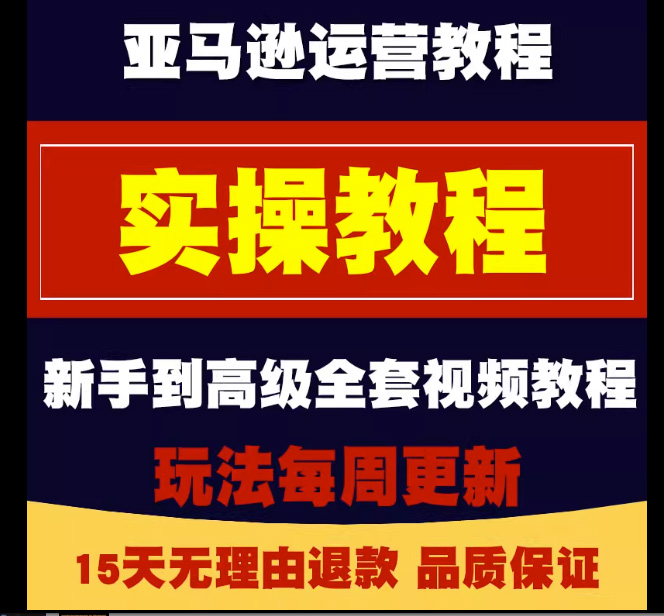遵义拼多多电商培训哪里有

跨境电商培训课程
用一个可能不太恰当的比喻来形容代运营商的发展历程,其实就是想从“乙方”变“甲方”,想翻身农奴把歌唱。但为何变身之路如此困难?问题的关键出在了商业模式的设计上。To use a potentially inappropriate metaphor to describe the development process of proxy operators is actually to transform from "Party B" to "Party A", and to become a serf and sing. But why is the path of transformation so difficult? The key to the problem lies in the design of the business model.
一方面,在逐步摸索渠道运营的过程中,随着自建团队的搭建,品牌也逐步收回代理权,转为自营。典型的案例就是欧莱雅与丽人丽妆的“分手”。还有一部分新兴品牌,本身就打着DTC的旗帜,比代运营企业更懂如何运营,比如完美日记和花西子。On the one hand, in the process of gradually exploring channel operations, with the establishment of self built teams, the brand has gradually regained its agency rights and shifted to self operation. A typical case is the "breakup" between L'Oreal and Beauty Makeup. There are also some emerging brands that are already under the banner of DTC and know more about how to operate than proxy companies, such as Perfect Diary and Huaxizi.
还有一类是考虑到本土化经营的外资品牌,直到如今它们依旧偏爱代运营商。强生、美赞成背后的若羽臣;爱茉莉(太平洋)、花王集团、LG集团背后的丽人丽妆;耐克、星巴克、三星背后的宝尊.Another type is foreign brands that consider localized operations, and even now they still prefer proxy operators. Johnson&Johnson and Mei agree with Ruoyuchen behind the scenes; The beauty makeup behind Amory (Pacific), Flower King Group, and LG Group; Behind Nike, Starbucks, Samsung
据抖音电商2022年5月公布数据,抖音电商数据显示,平台上每月有超2亿条短视频、超900万场直播内容,这些内容激发了用户兴趣,吸引其停留、互动、下单购买,满足购物需求。全年有超100亿件商品通过抖音电商走入千家万户。According to the data released by Tiktok E-commerce in May 2022, Tiktok E-commerce data shows that there are more than 200 million short videos and more than 9 million live broadcasts on the platform every month, which stimulate users' interest, attract them to stay, interact, and place orders to meet their shopping needs. More than 10 billion commodities have entered thousands of households through Tiktok e-commerce throughout the year.
比如,淘宝在国内市场推出自己的快时尚服饰店“ifashion”,在海外阿里也上线跨境快时尚电商品牌AllyLikes,以及快时尚电商平台Miravia。此外,京东也于之前推出过“京东大时尚”以期打造时尚百大标杆品牌。至于拼多多,虽然没有在国内发力快时尚,但在海外大杀四方的TEMU恰恰是以快时尚服装品类为根基。In the past, the positioning of fast fashion was between high-end brands and mass brands. Nowadays, fast fashion is extending towards both cost-effective products and high-end brands. The former is a manifestation of e-commerce platforms exchanging prices for the market, while the latter is a necessary choice made by traditional fast fashion brands to cope with competition and maintain growth.

